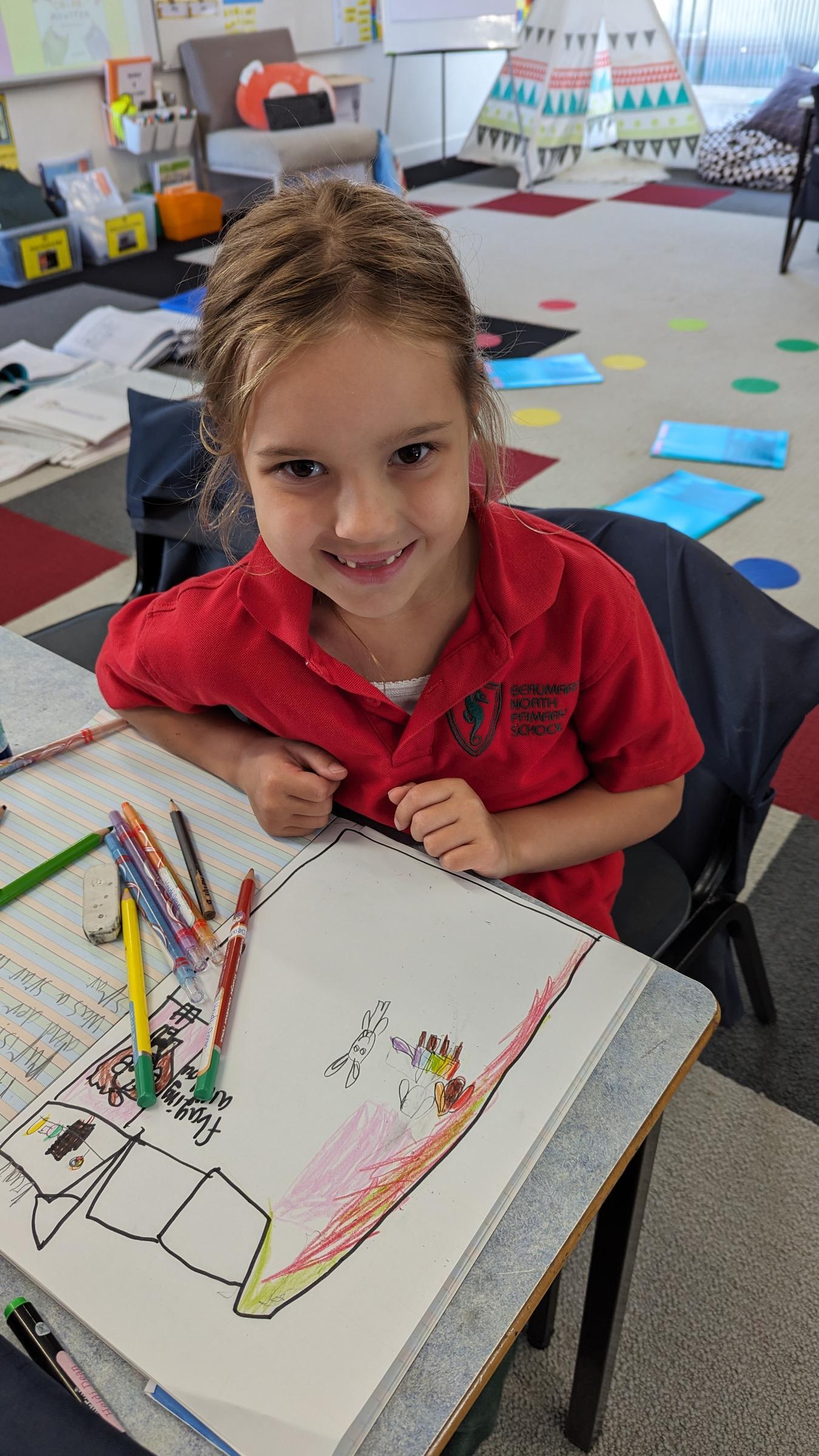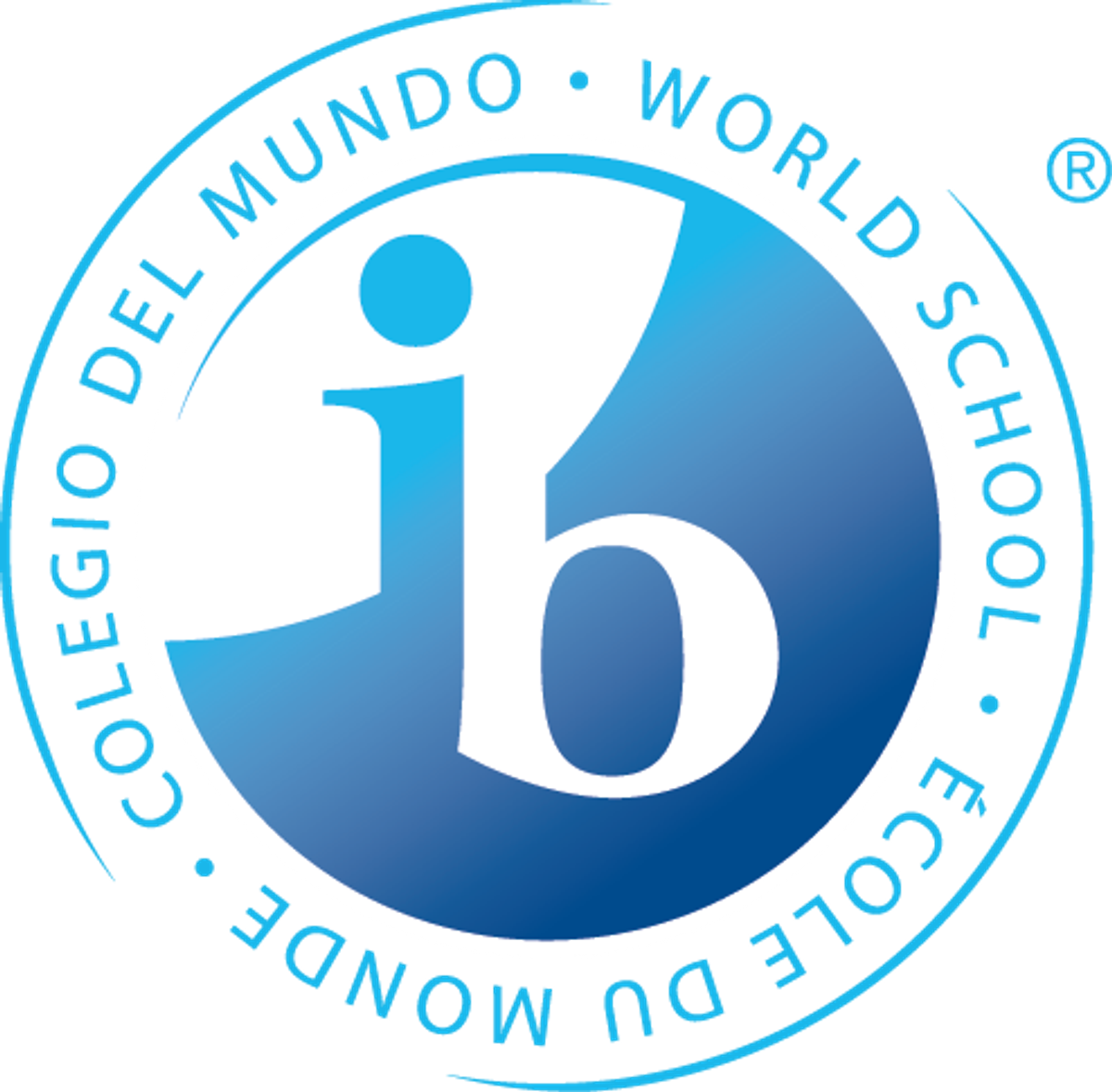Year 2 Specialist News - Term 2

Art
Transdisciplinary Theme:
Where we are in place and time
Central Idea:
Art reveals the many ways different cultures celebrate
Lines Of Inquiry:
- Different cultural symbols and artistic expressions used in the artwork of celebrations
- The traditional art forms and techniques associated with specific cultural celebrations
- How we can use our learning to create a culturally diverse artwork
Key Concepts:
perspective and connection
Learner Profile Attributes:
open-minded and inquirer
Students Will Create:
- Carnival Masks: Combining bold monotone pattern and colourful collage to construct an effective mask inspired by Rio de Janeiro’s Carnival
- Sugar Skull and Flower Crown Multimedia artwork: Capturing line and form using Magiclay to draw a Sugar Skull design inspired by Mexico’s ‘Dia de los Muertos,’ ‘Day of the Dead’ celebration. Enhancing the work with colourful painted flower/nature crowns
- Scandinavian traditional decorations: Incorporating fine motor skills through binding and knotting techniques
Japanese
Transdisciplinary Theme:
Where we are in place and time
Central Idea:
The past influences the present and future (in Japanese culture)
Lines Of Inquiry:
- Japanese traditional patterns
- The cultural significance of traditional patterns in Japanese society
- Traditional patterns and what they symbolise
- The significance of patterns in Australian culture
Key Concepts:
connection and change
Learner Profile Attributes:
reflective and inquirer
Cultural activity:
Children’s Day in May
Students Will:
- Observe Japanese traditional patterns.
- Say and spell the names of 8 colours. (red, blue, green, yellow, light blue, pink, purple, black)
- Say and spell the names of 5 shapes. (square, triangle, circle, fan shape, hexagon)
- Develop understandings of why patterns are culturally significant in Japan
- Compare the Japanese patterns with Australian indigenous patterns
- Describe the Japanese patterns using the sentences: KORE WA..., IMI WA... (This is..., It signifies...)
- Create a bilingual mini book of the Japanese patterns
- Learn about KODOMO NO HI (Children’s Day) - why, when and how Japanese people celebrate the festival
Students Will:
- Say and spell various verbs in Hiragana such as PUSH and PULL
- Make a Japanese paper toy and explain how it moves using simple verbs in Japanese
- Tell what kind of high-tech machines they have in Japan and how they impact on the life of Japanese people
- Experience (play) a traditional game called TONTON SUMO (paper SUMO) and explain how it works
Music
Transdisciplinary Theme:
Where we are in place and time
Central idea:
The past influences our present and future
Lines Of Inquiry:
- Family histories
- The reasons people migrate
- Celebrations they bring with them
- The significance of these celebrations today
- Our responsibility, as open-minded students, to learn about other cultures in the world as they link us with one another
- Dance is a universal language
Key Concepts:
form, connection, change
Learner Profile Attributes:
communicator and reflective
Students Will:
- Learn to form notes on the staff, recognise pitch letter names and rhythms
- Learn about composition by writing lyrics, making up rhythms to match, writing notes on a staff then performing using the chime bars
- Demonstrate score reading knowledge by playing chime bars
- Sing, play together and communicate ideas to an audience
- Appreciate and compare various examples of multicultural music and celebrations through dance, playing and singing, as an example of how music connects people from different times and places. Students will experience music and celebrations from Japan, Israel, China, Thailand and India
- Learn dances from different cultures which are performed at a time of celebrations
- Take part in discussions about celebrations and deepen understandings of multiculturalism as they concentrate on the concepts of Connection, Form and Change
- Watch Video clips of various multi-cultural celebrations
- Reflect on the music made together, discovering creative ways to explore rhythm
- Form a connection and understanding of remote communities, as students work towards a whole school performance, to raise funds for the Indigenous Literacy Foundation
- Finish off the term with a polished performance of a class composition for a Learning Task
Physical Education
Transdisciplinary Theme:
Who we are
Central Idea:
A balanced lifestyle can develop through movement to teach us about ourselves.
Lines Of Inquiry:
- Movement contributes to self-awareness of our body
- Mastering a movement impacts our physical development and motor skills
- Integrating gymnastics movements to form an expression of ourselves
Key Concepts:
Responsibility- each student is in control of their own body movements to enhance a balanced lifestyle and create positive habits both at home and school.
Learner Profile Attributes:
principled and balanced
Students Will:
- Gymnastics: The students will continue to explore and master movement through balance, strength, rotation, flight and demonstrate various combinations of these both on the floor and using equipment. Landing correctly and using organized movement sequences to connect mind with body
- We will continue to practice, control and master the Fundamental Motor Skills of throwing, catching, kicking and bouncing
- Develop a positive interaction between movement and how we use that movement to balance our lifestyle physically
Library
Transdisciplinary theme:
Where we are in and place and time
Lines Of Inquiry:
- How historical events influence where people live.
- How cultures change and stay connected over time.
- Why celebrations are important and how they have evolved.
Key Concepts:
change, connection, culture
Learner Profile Attributes:
knowledgeable and inquirer
Students Will:
- Revise use of computers to search library catalogue.
- Revise the difference between a “keyword” and “subject” search.
- Discuss the non-fiction section and where you would go to find books about a particular subject.
- Discuss the features of a non-fiction text and how you would use it efficiently (contents, glossary, index)
- Read books related to the unit of inquiry:
- The Kindest Red, A story of Hijab and friendship by Ibtihaj Muhammad
- My mothers' tongues, a weaving of languages by Uma Menon
- The patchwork bike by Maxine Beneba Clarke
- Marty and Mei-Ling by Phil Cummings
- Ayu and the perfect moon by David Cox
- The two bullies by Junko Morimoto
- I love Chinese New Year by Eva Wong Nava

